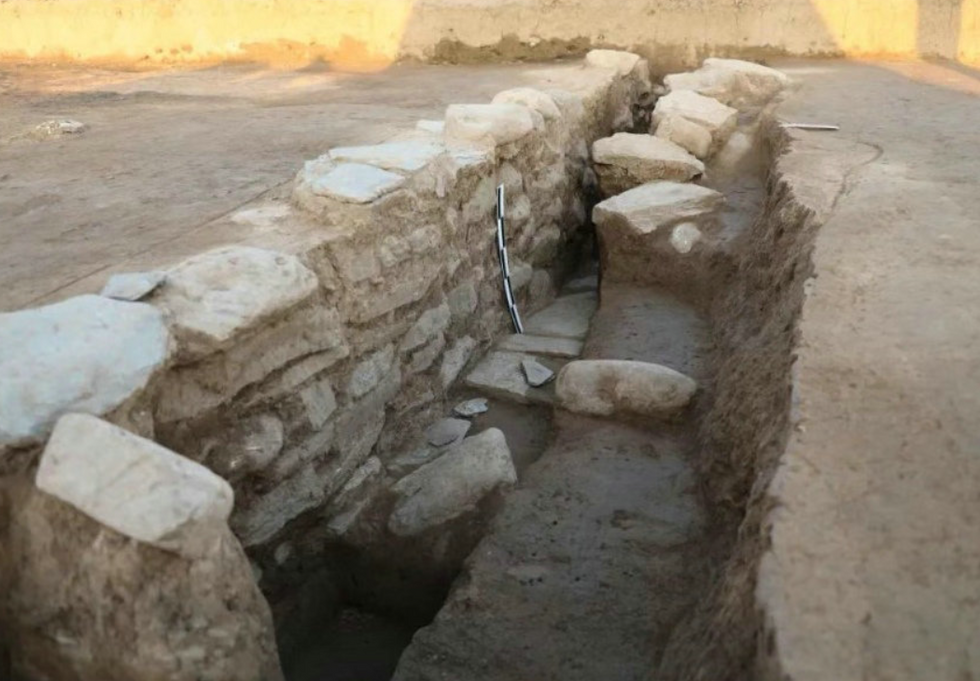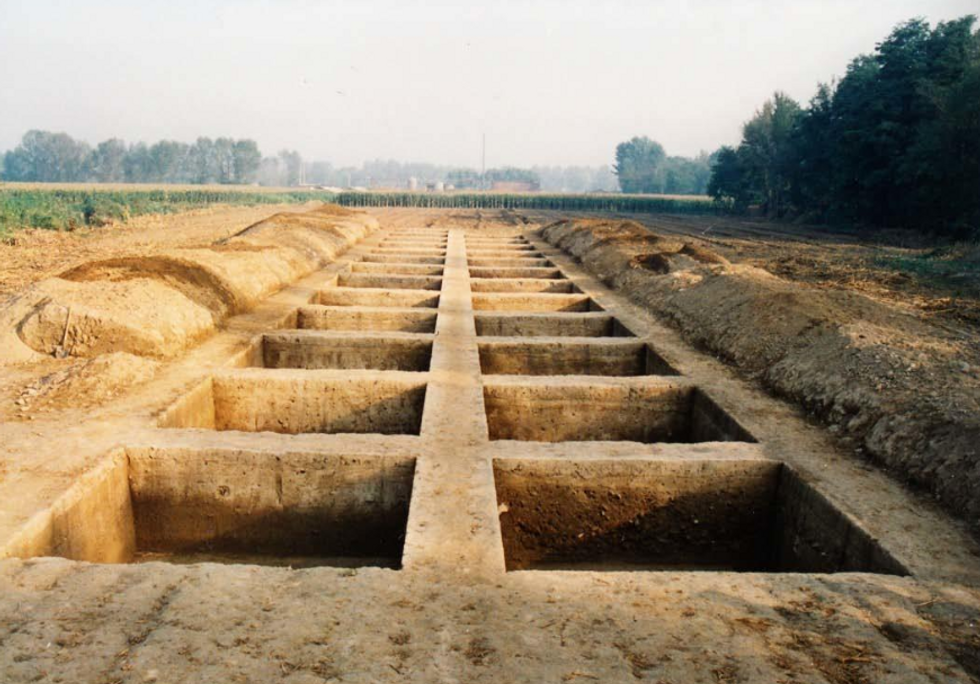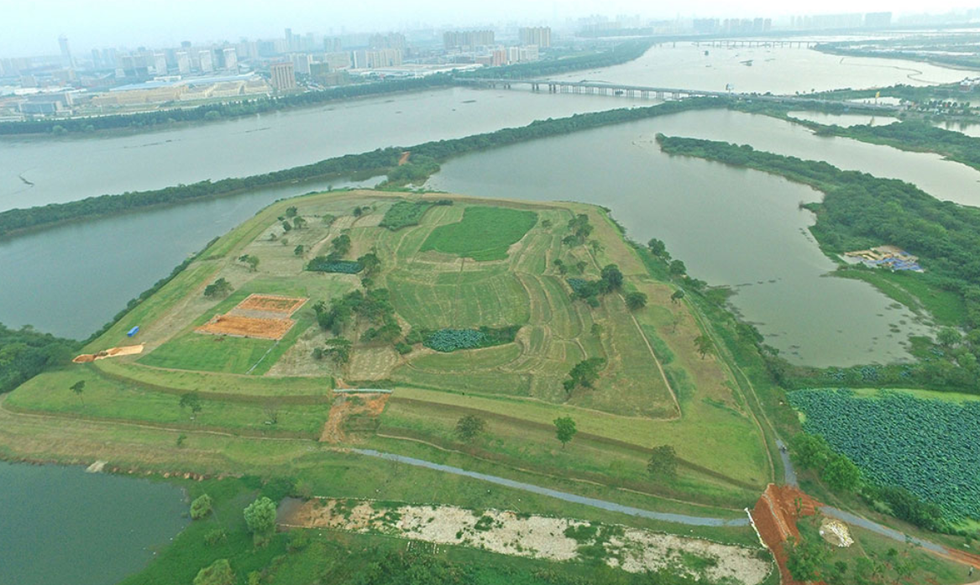Undocumented 300-year-old building found on country house estate
Researchers have said it explains how China became a united and ethnically diverse country
Don't Miss
Most Read
Trending on GB News
Archaeologists in China have unveiled what experts are calling "one of the most important" discoveries in the nation's history.
A newly released list documenting the country's top 10 archaeological findings for 2024 features several sites that have been known for decades but yielded surprising new findings last year.
Released yesterday in Beijing, archaeologists have said the the list broadens understanding of how China became a united country with ethnic diversity.
The Zhouyuan site in Baoji, Shaanxi province, stands out among the discoveries, having been excavated since 1976.

A water drainage ditch from the Zhouyuan Site in Baoji
China Daily
The site is over 3,000 years old and has revealed that Zhouyuan was already the capital for the Zhou people before they overthrew the Shang Dynasty.
This discovery came after decades of scattered findings that previously made it difficult to gain a comprehensive understanding of the site's significance.
Archaeologists have now clarified the layout of the settlement during the Western Zhou period, revealing three layers of city walls.
This discovery allows previously found buildings, bronze-ware cellars and tombs to be placed in a whole-city context.
MORE ARCHAEOLOGY BREAKTHROUGHS:

The Liulihe site in Beijing's Fangshan district has also yielded important findings about the Western Zhou's vassal state, Yan
Peking University
"This can be described as one of the most important Western Zhou discoveries in China's archaeological studies," said Wang Wei, a veteran archaeologist at the Chinese Academy of Social Sciences.
The Xia, Shang and Zhou dynasties are considered crucial for studying China's early formation.
The Liulihe site in Beijing's Fangshan district has also yielded important findings about the Western Zhou's vassal state, Yan.
Archaeologists discovered the city had two layers of city walls, expanding its scope to one million square metres.
DNA analysis from human bones found at the site has provided a family tree, marking "a breakthrough in researching ancient family relationships and social structures," according to Professor Lei Xingshan.
The Panlongcheng site in Wuhan was identified as a significant Shang Dynasty stronghold along the Yangtze River.
Border-area archaeological progress features prominently on the list, including the Mo'er Temple site in Kashgar, Xinjiang.

The Panlongcheng site in Wuhan was identified as a significant Shang Dynasty stronghold along the Yangtze River
Plcs museum
Dating from the first to tenth century AD, the site depicts Buddhism's spread to China through Central Asia.
Unlike cave temples, this well-preserved above-ground temple shows Buddhism's evolution in China, according to Professor Huo Wei of Sichuan University.
The Mabu Tsho site in Xizang has revealed materials dating back 5,000 years, showing close links with the Yangtze region.
"New ideas on settlement archaeology, like prioritising the making of a clear layout of the settlement, help decode the secrets of the sites discovered long ago," said Chen Xingcan from the Chinese Academy of Social Sciences.
The annual list of top archaeological discoveries is co-released by China Cultural Relics News and the Chinese Society of Cultural Relics.
It is considered one of the highest honours in Chinese archaeology, celebrating findings that illuminate the nation's rich cultural heritage.








